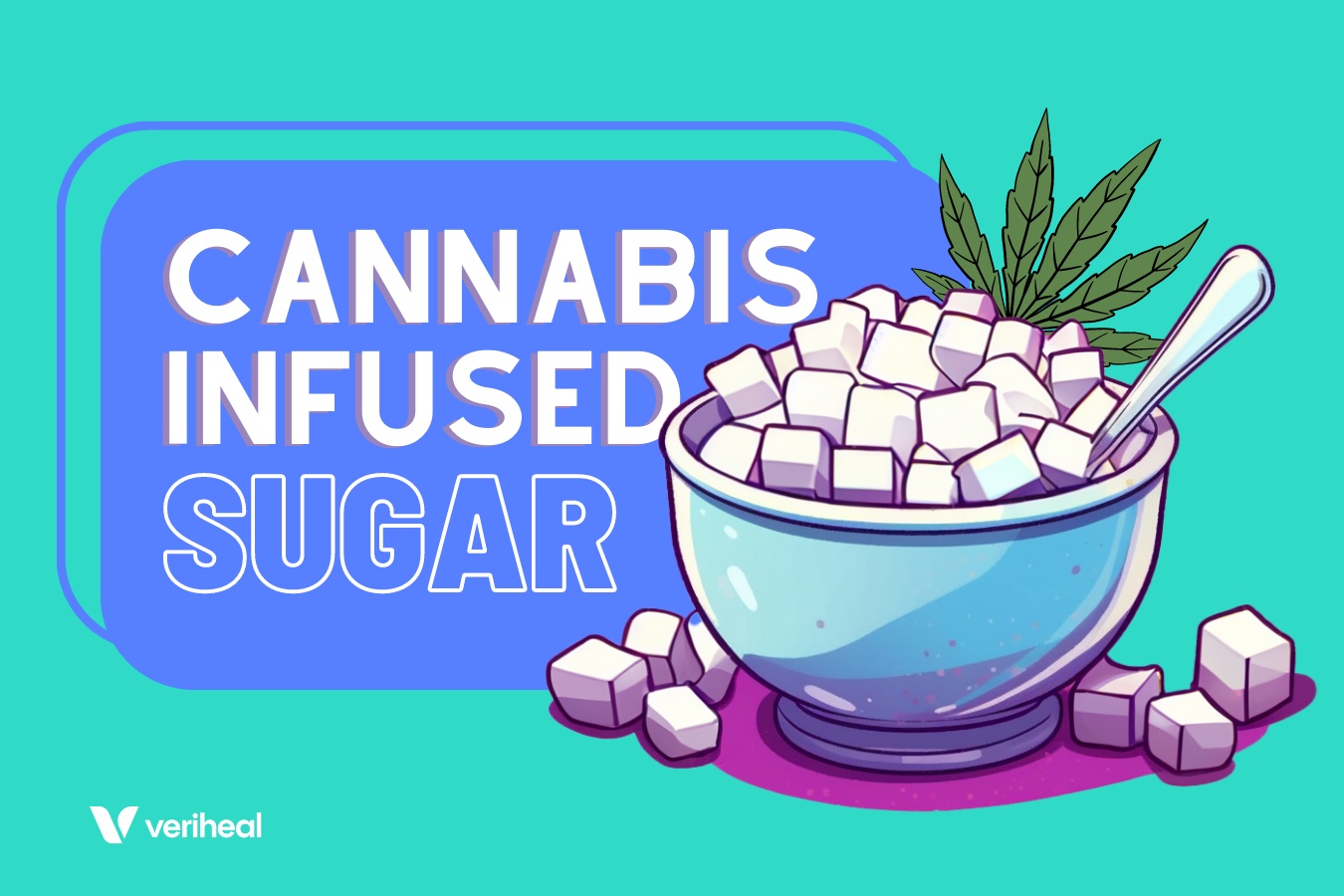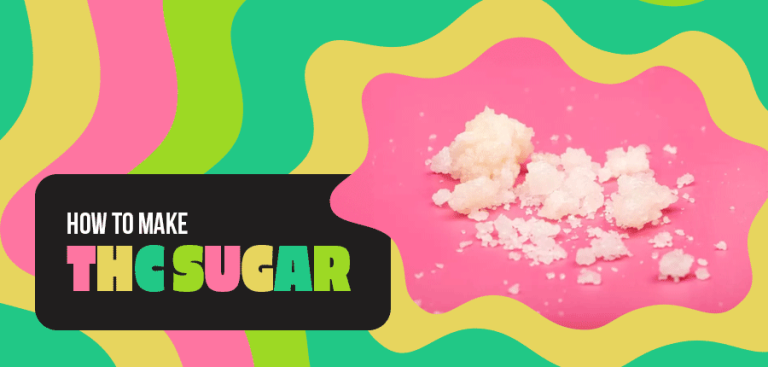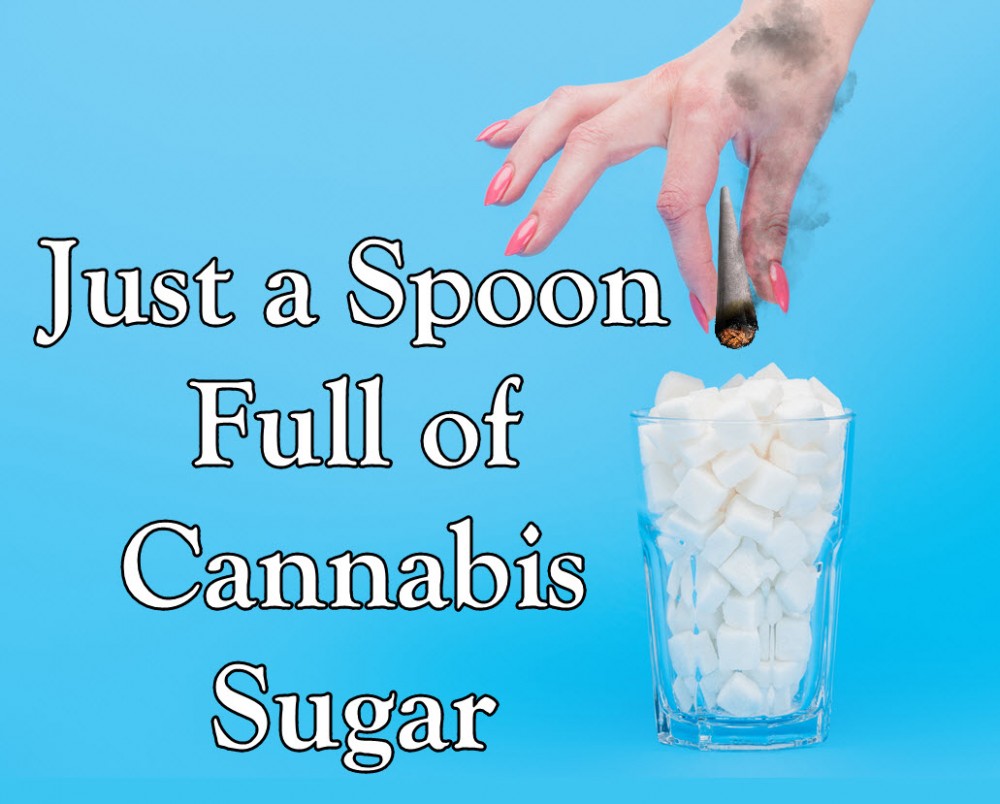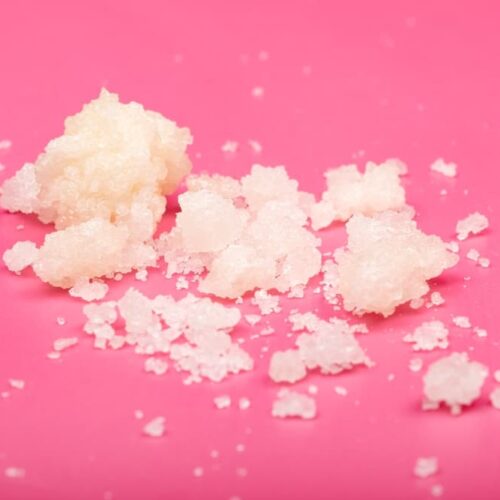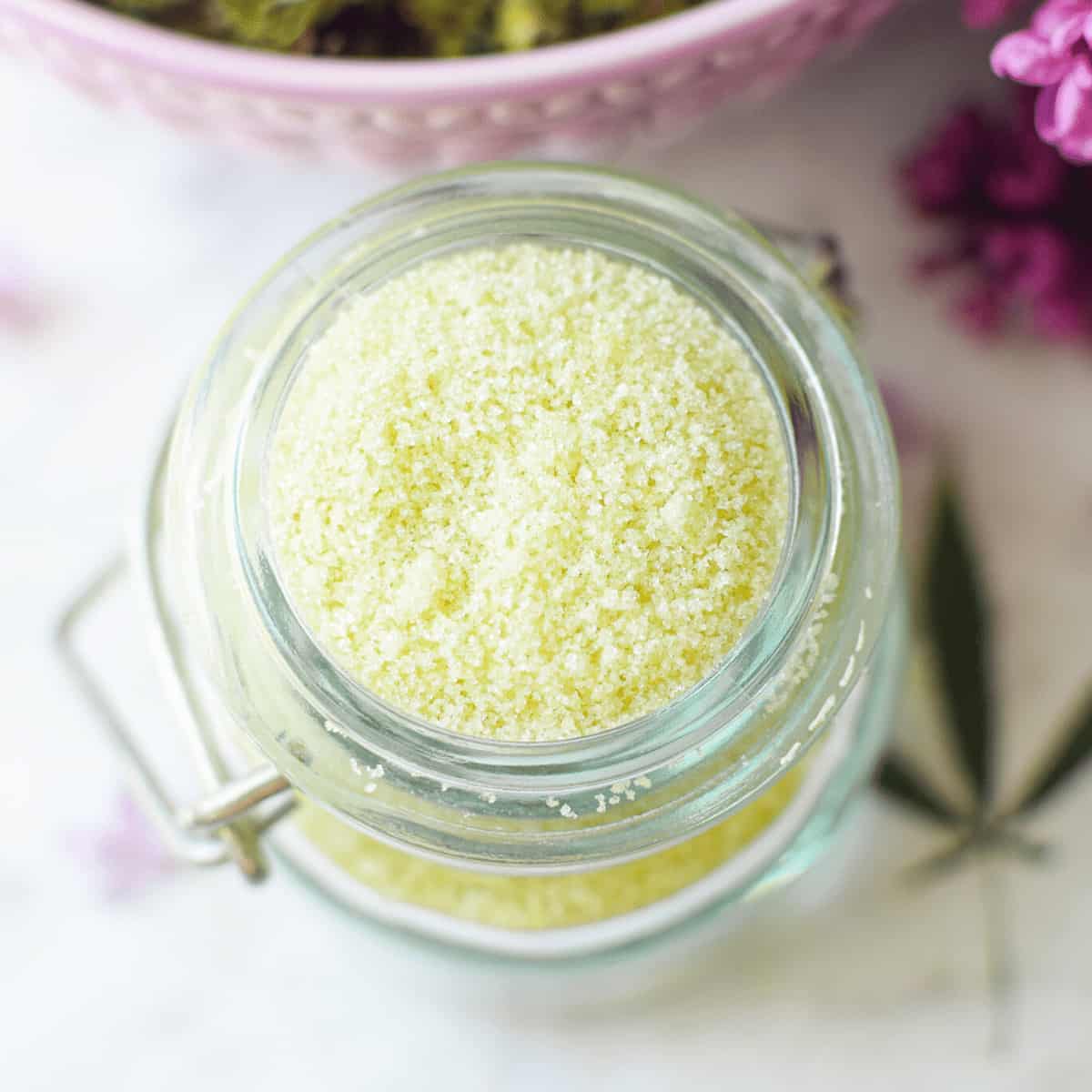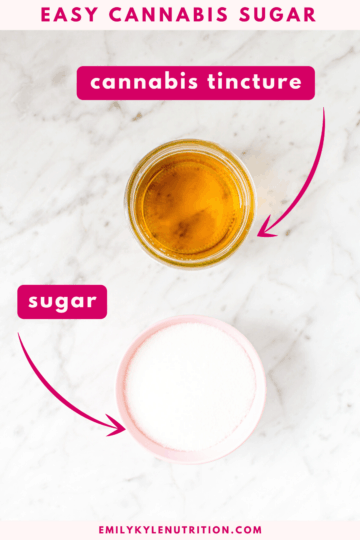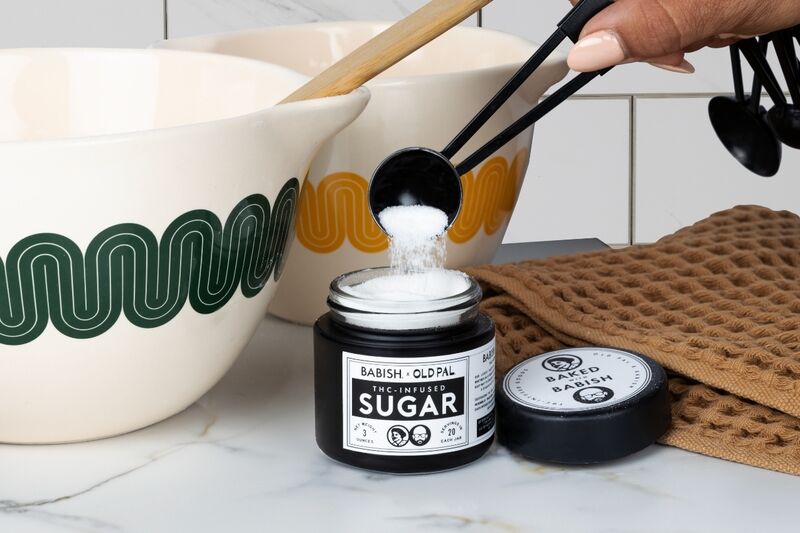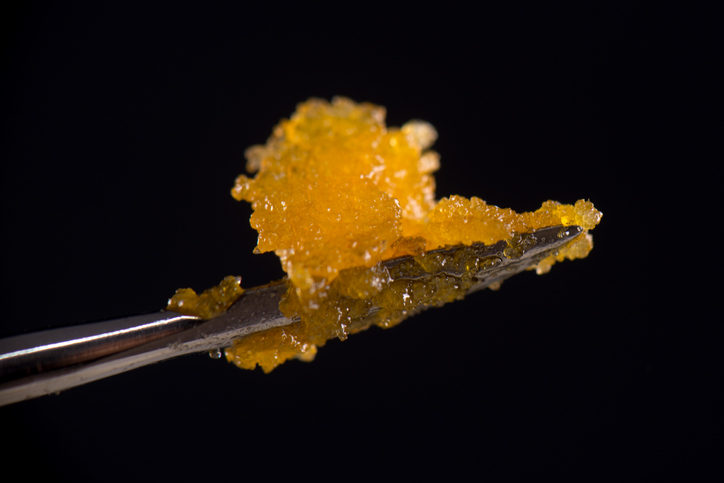How To Make Thc Infused Sugar

The culinary landscape is constantly evolving, with infusions of various flavors and substances becoming increasingly popular. Among these, the infusion of THC, the psychoactive component of cannabis, into everyday ingredients like sugar is gaining traction. This article delves into the methods and considerations involved in creating THC-infused sugar, offering a comprehensive guide to this process.
At the heart of creating THC-infused sugar lies the ability to evenly distribute cannabinoids within the sugar crystals. Several techniques exist, each with its own nuances and potential for success. This article will explore the decarboxylation process, infusion methods using cannabis tinctures and concentrates, as well as the critical aspects of dosage and safety.
Decarboxylation: Activating the THC
Before infusing cannabis into sugar, decarboxylation is a crucial step. This process involves heating raw cannabis to convert THCA (tetrahydrocannabinolic acid), a non-psychoactive cannabinoid, into THC, the psychoactive compound that produces the desired effects.
To decarboxylate cannabis, preheat an oven to 220-240°F (105-115°C). Spread the ground cannabis evenly on a baking sheet lined with parchment paper.
Bake for 30-60 minutes, stirring occasionally to ensure even heating. The cannabis should turn a light golden brown color.
Infusion Methods
Once the cannabis is decarboxylated, there are several methods for infusing it into sugar. These primarily involve using cannabis tinctures or concentrates.
Using Cannabis Tincture
A cannabis tincture is an alcohol-based extract of cannabis. This method offers a relatively clean and controlled infusion process.
First, measure out the desired amount of sugar, for example, one cup. Then, determine the dosage of THC you want per serving (e.g., 5mg). Calculate the amount of tincture needed based on its THC concentration.
Slowly add the tincture to the sugar, mixing thoroughly. Ensure even distribution by stirring continuously. To evaporate the alcohol, spread the infused sugar on a baking sheet and bake at a very low temperature (around 170°F or 77°C) for about an hour, or until the sugar is dry and the alcohol has evaporated.
Using Cannabis Concentrates
Cannabis concentrates, such as distillates or oils, can also be used for infusion. This method requires careful handling due to the high potency of the concentrates.
Melt the cannabis concentrate in a double boiler or a heat-safe bowl placed over simmering water. Gradually add the melted concentrate to the sugar, mixing continuously.
Similar to the tincture method, spread the infused sugar on a baking sheet and bake at a low temperature to help the concentrate bind to the sugar crystals. This will ensure a more even distribution of THC.
Dosage and Safety Considerations
Accurate dosing is paramount when working with THC-infused products. It’s crucial to start with a low dose, especially for those new to edibles.
A typical starting dose is 2.5-5mg of THC. Always label the infused sugar clearly with the date, THC content per serving, and any relevant warnings. Keep THC-infused sugar in a secure location, away from children and pets, to prevent accidental ingestion.
It's important to remember that the effects of edibles can take longer to manifest compared to inhalation methods. Effects can take anywhere from 30 minutes to 2 hours to fully appear, so avoid consuming more until the initial dose has taken effect.
Legal and Regulatory Landscape
The legality of cannabis-infused products varies significantly depending on jurisdiction. It is crucial to be aware of and comply with local laws and regulations regarding cannabis use and possession.
In some regions, recreational or medicinal cannabis use may be legal, while in others, it remains prohibited. Manufacturing and selling THC-infused sugar may require specific licenses or permits.
Furthermore, the regulations regarding labeling, packaging, and testing of cannabis products are evolving, with a greater emphasis on consumer safety and transparency. Consumers should rely on legitimate dispensaries or retailers that provide lab-tested product.
Future Trends and Innovations
The cannabis-infused food and beverage market is expected to continue growing, with increasing demand for innovative and precisely dosed products. As technology advances, the precision and control over the infusion process are likely to improve.
New methods, such as nano-emulsification, may offer more efficient and consistent THC distribution. Further research into the bioavailability and effects of different cannabinoids could lead to more tailored and predictable experiences for consumers.
Additionally, there may be an increased focus on incorporating other cannabinoids and terpenes, the aromatic compounds found in cannabis, to create products with specific effects and flavor profiles. Terpenes such as myrcene and limonene could be used to enhance relaxation or promote energy.
Conclusion
Creating THC-infused sugar requires a blend of scientific understanding, meticulous execution, and a commitment to safety. By following established guidelines for decarboxylation, infusion, and dosing, individuals can create cannabis-infused products that are both enjoyable and responsible.
However, it's crucial to exercise caution, adhere to local regulations, and prioritize consumer safety at every stage. As the cannabis industry continues to mature, ongoing research and innovation will undoubtedly lead to even safer, more precise, and more enjoyable experiences for consumers.
Ultimately, knowledge, responsibility, and moderation are key to safely and effectively navigating the world of cannabis-infused edibles.
